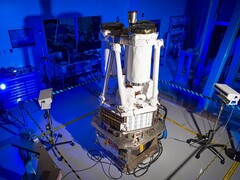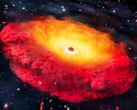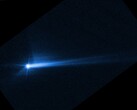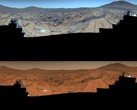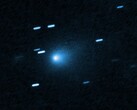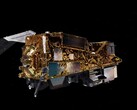Back in April, astronomers used NASA's Imaging X-ray Polarimetry Explorer (IXPE) to study the Heartbeat Black Hole. The measurements showed a polarization degree of 9.1%, a figure much higher than was expected. The result suggests highly aligned X-ray vibrations coming from the black hole.
The corona is an extremely hot X-ray-emitting region close to the center of a black hole and near the innermost part of the accretion disk. The accretion disk is a flattened, rotating structure usually made up of matter drawn from nearby stars.
A polarization degree as high as 9.1% suggests the black hole's corona is perfectly shaped and viewed from an edge-on angle, but the scientists were not able to directly measure the viewing angle as the stellar companion was too dim.
In order to explain this oddity, the astronomers proposed a model that included a wind of matter blown away from the accretion disk. In this case, the X-rays emitted by the corona pass through the wind, undergoes Compton scattering, and become more aligned.
Another model suggested the plasma in the corona might be pushing outward at speeds up to 20% the speed of light. In this case, relativistic effects could make the polarization appear higher. Future studies will explore other models to try to explain this mystery, understanding it will help improve the current understanding of astronomy.




